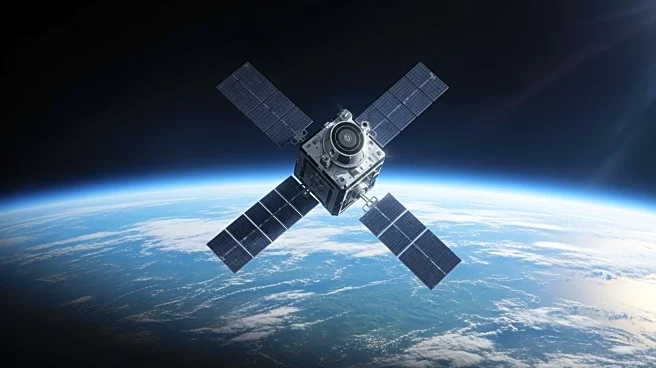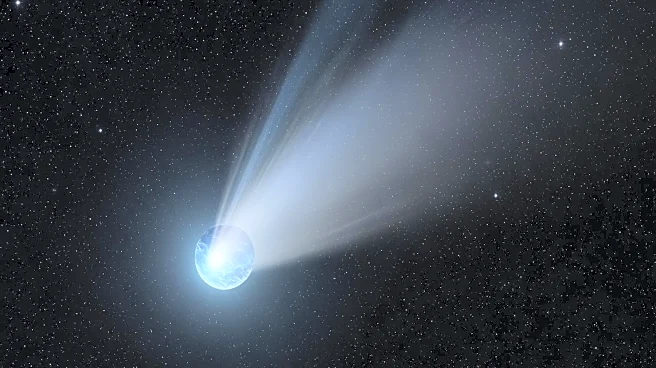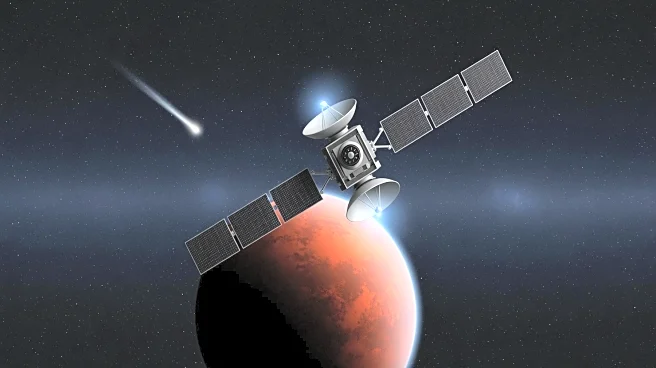What's Happening?
NASA's Earth Science Data Systems (ESDS) GIS Team has introduced new learning resources aimed at improving the use of Earth observation data through Geographic Information Systems (GIS). These resources include
step-by-step guides on integrating downloaded data into common GIS programs, utilizing web and image services for data access, and creating time-enabled multidimensional mosaic datasets. The tutorials leverage data from NASA's ECOsystem Spaceborne Thermal Radiometer Experiment on Space Station (ECOSTRESS) and the Modern-Era Retrospective analysis for Research and Applications, Version 2 (MERRA-2). The initiative is part of NASA's ongoing efforts to migrate all Earth science data sites into Earthdata by the end of 2026.
Why It's Important?
The release of these GIS learning resources is significant as it empowers researchers, educators, and policymakers to better utilize NASA's extensive Earth observation data. By enhancing the accessibility and usability of this data, stakeholders can make more informed decisions regarding environmental monitoring, climate change analysis, and resource management. The initiative supports the broader scientific community in addressing global challenges by providing tools that facilitate the integration and analysis of complex datasets. This move also aligns with NASA's commitment to advancing scientific knowledge and fostering innovation through open data access.
What's Next?
As NASA continues to migrate its Earth science data sites into Earthdata, users can expect further enhancements in data accessibility and integration capabilities. The ongoing transition is anticipated to streamline data access and improve the efficiency of data-driven research. Stakeholders, including academic institutions and government agencies, may leverage these resources to develop new applications and solutions for environmental and climate-related issues. Additionally, the GIS community is likely to see increased collaboration and innovation as more users engage with NASA's data through these newly available resources.
Beyond the Headlines
The introduction of these GIS resources by NASA not only supports scientific research but also has ethical and cultural implications. By democratizing access to critical Earth observation data, NASA is promoting transparency and inclusivity in scientific endeavors. This approach encourages diverse perspectives and solutions to global challenges, fostering a culture of collaboration and shared responsibility for the planet's future. Furthermore, the initiative may inspire other organizations to adopt similar open data practices, contributing to a broader movement towards data-driven decision-making in environmental and societal contexts.











